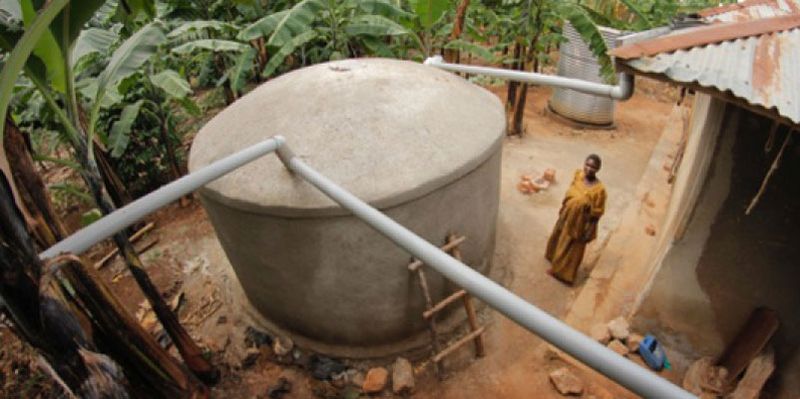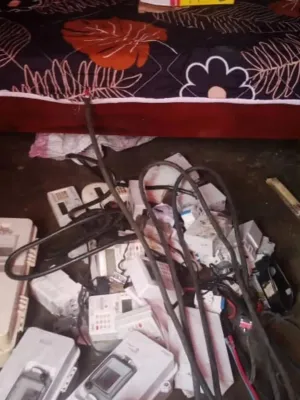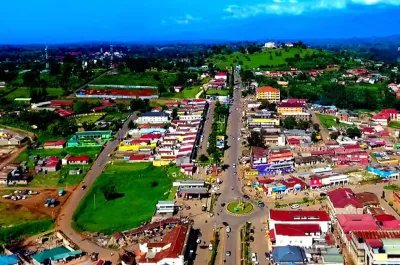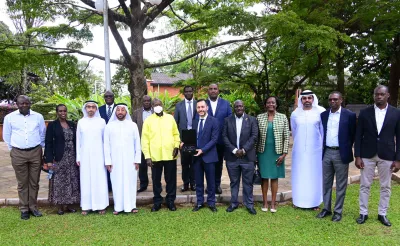
Up to 30m Ugandans face water shortages in dry seasons
New research by Twaweza Uganda, a non-governmental organisation has revealed that nearly 70 percent of Ugandans in rural areas face dire water shortages especially during the dry spell largely because of their inability to store water that can take them beyond a week.
Findings of the Study titled: Clean and Safe. Ugandans’ Experiences and Opinions on Affordable Access to Clean and Safe Water, show that about Eight out of every 10 households in rural areas (78%) harvest rain water but out of those, only a third of them or 31 percent are able to keep water for a month. The rest of rural dwellers (69 percent) run out of water in a period of just one week.
Marie Nanyanzi, the Sauti Za Wananchi officer, which conducted the telephone interview among 1971 respondents called for concerted efforts by all stakeholders to find a lasting solution to one of Uganda’s most intractable challenges.
“We all have a role to play. There is need to support citizens to get affordable water tanks of larger capacities so that they are able to store water for a long period and spend less on water,” Nanyanzi suggests.
Nanyanzi’s call came at a time when reports indicate that although access to safe water has improved in urban areas, perceptions among rural dwellers indicate that access to clean and safe water has worsened.
The need for enhanced storage of rain water in rural areas has become even more pronounced in recent years due to a number of factors including climate change that has made dry spells longer and rain seasons relatively shorter.
Population explosion especially in rural areas coupled with widespread deforestation has added to the dilemma of worsening access to safe water by reducing water catchment areas such as swamps, forests, which previously helped to cushion rural communities against harsh water challenges.
Fortunately perhaps, some financial institutions are finding an opportunity in the challenge by designing loan products such as Tanka loans for bigger tanks.
Butuuro People’s SACCO, one of the many rapidly expanding Savings and Cooperative Credit Organisation (SACCO) in Nyakabirizi Division of Bushenyi Municipality, Western Uganda recently introduced the Water Harvesting Tanks that is very successful.
Not to be unfazed, several other financial institutions are realising need to intervene in the sector to provide funding solutions for water. Finance Trust bank, one of the mainstream commercial banks is one of the organizations that decided to empower communities through improving access to storage facilities.
Trust Bank is running what it calls the Water and Sanitation Loan. The loan caters for construction of toilets, water harvesting tanks, and any other hygiene-related challenges.
According to Fred Kato, the Credit Manager at Finance Trust Bank, the bank charges borrowers an interest rate of 23 percent per annum for any amount of money starting ranging between UGX 500,000 to a maximum of UGX1.5bn.
Kato argued that the bank is driven by the need to ensure that its customers stay healthy by avoiding water-bone diseases challenges associated with poor access to water.
Kato explained that the bank has set aside some UGX1.5 billion in products that facilitate water and sanitation services for their clientele.
Besides increased demand for water for domestic purposes, officials from the Ministry of Water and Environment add that many people in rural areas now demand for water for irrigation.
According to the Commissioner in Charge of Rural Water Supply at the Ministry of Water and Environment Joseph Eyatu, the government is planning to sink high-yield deep wells to enable people have better and more reliable water.
Currently the Ministry has over 200 deep water schemes located in rural areas. Another 2000 solar-powered wells are being planned over the coming years, revealed Eyatu.















Solomon Lubambula
Leave a Comment
Your email address will not be published.